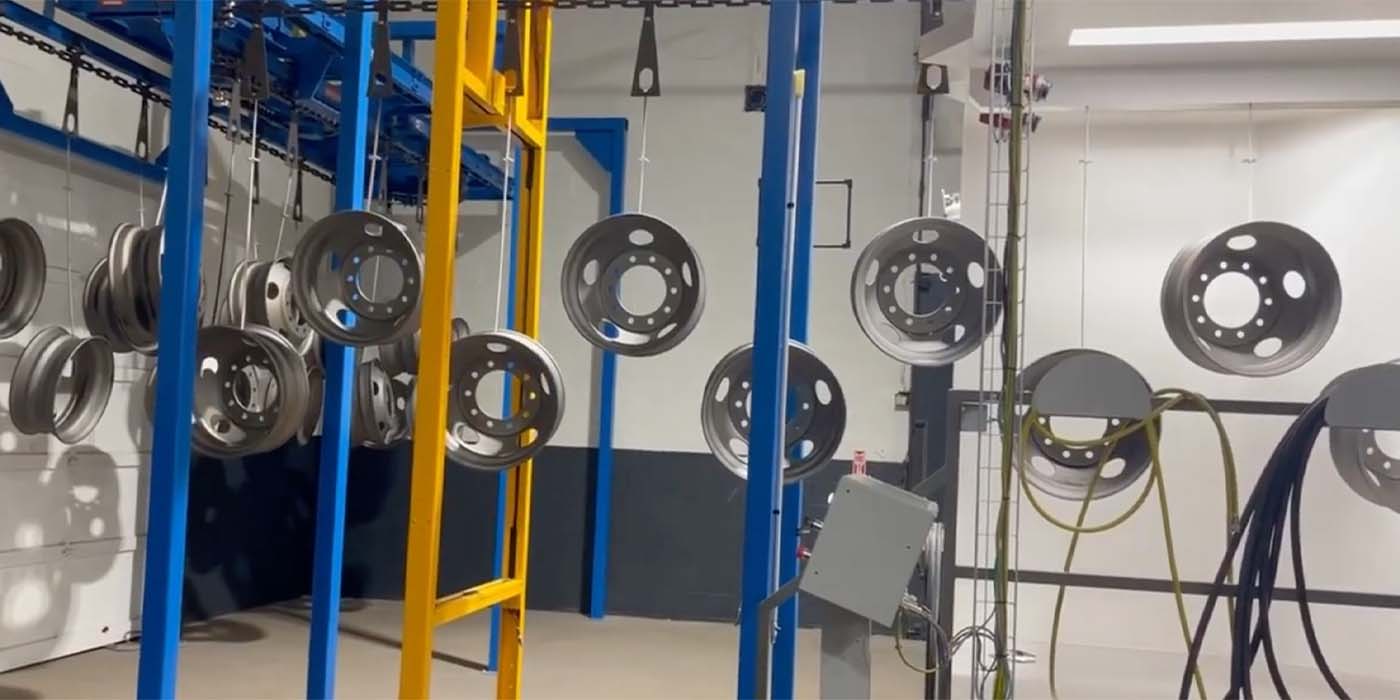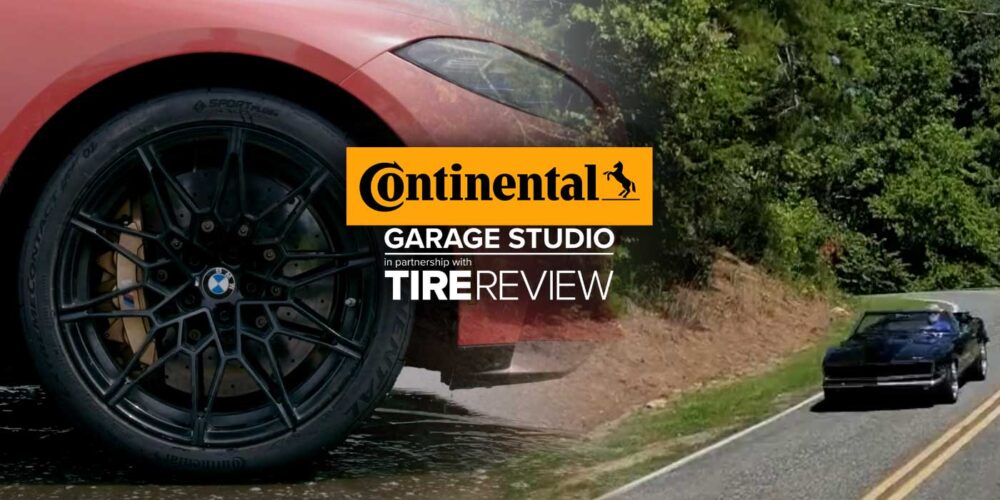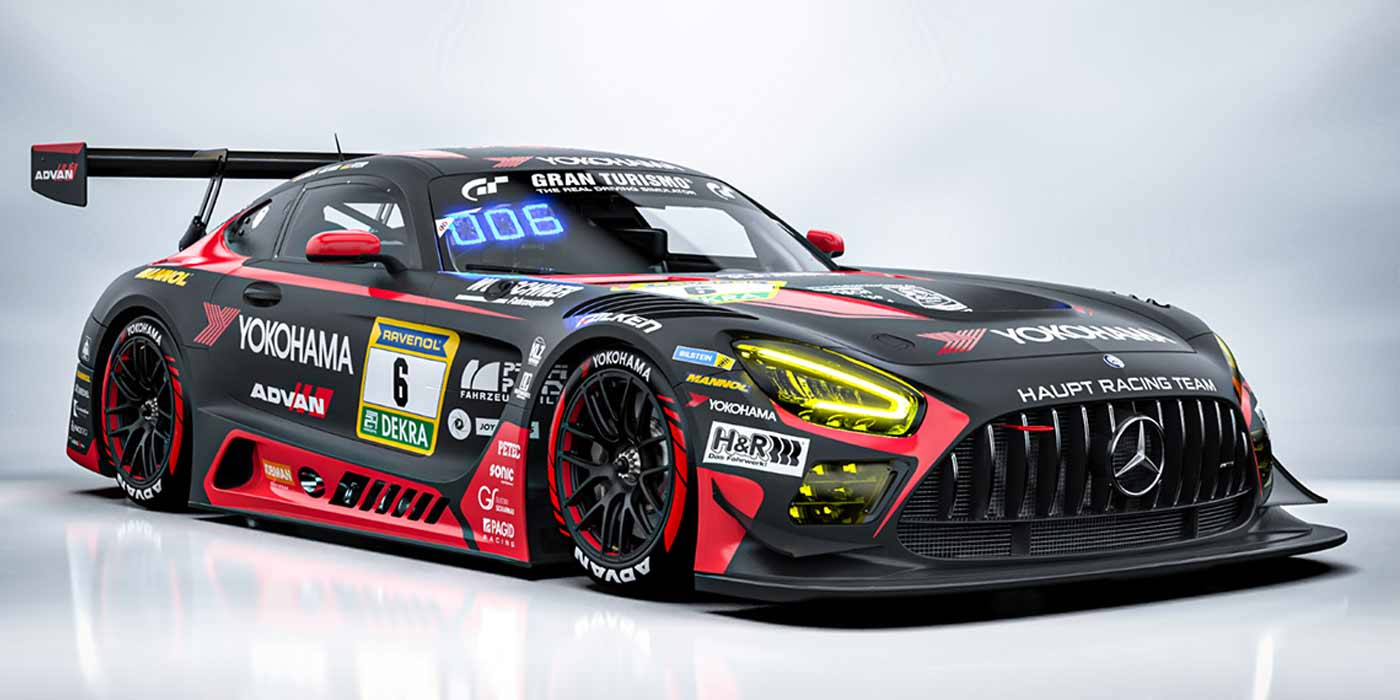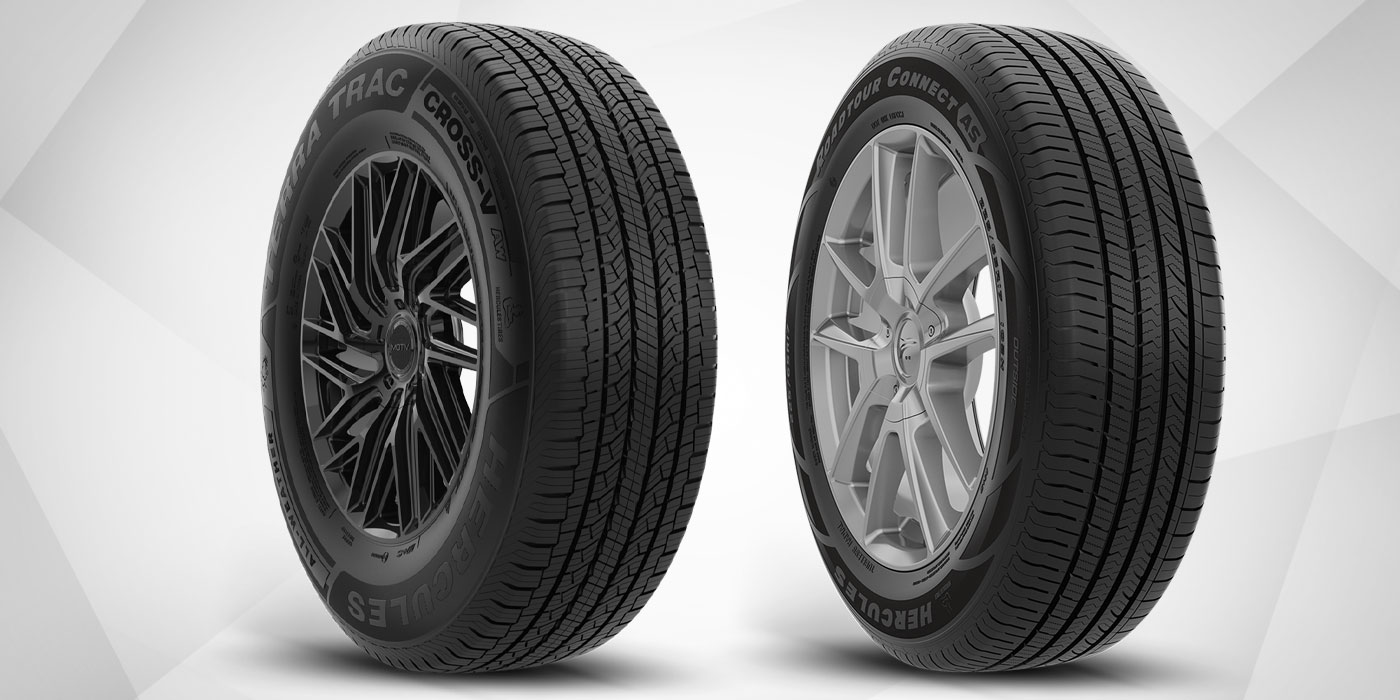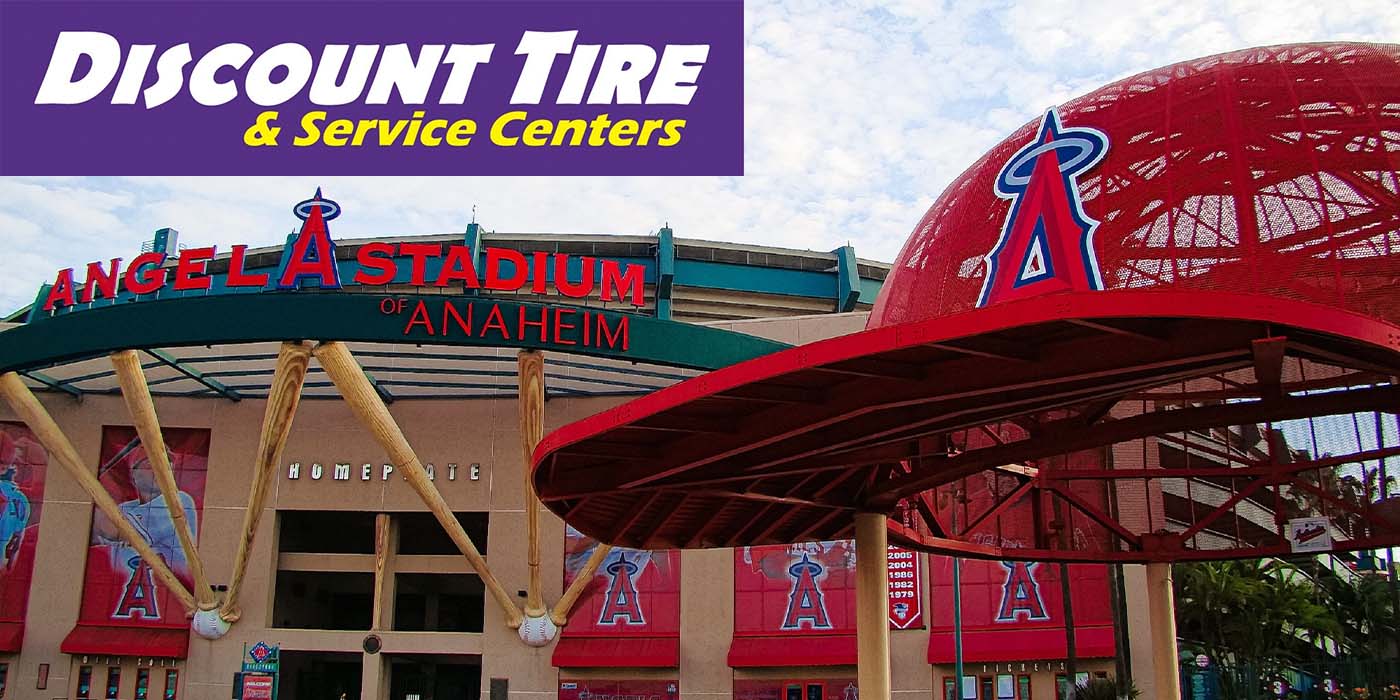Thirty years in the rearview mirror, we hardlynotice UTQG. Same with consumers. But back in the day, consumersdemanded to know how best to determine the relative “quality” ofcompeting tires.
In May 1979, Tire Review published one of thefirst compiled lists of tire brand and line UTQG ratings. Along withthat three-page rundown, then editor Bill Whitney offered some insightinto the complications surrounding UTQG back then. One can see thattiremakers – and even the magazine – were confused about UTQG, but someof Bill’s comments still ring true today.
What Bill failed tomention is that UTQG came about primarily because tiremakers andmarketers created an absolute mess of things, clouding consumer mindswith so-called 100 Level and 200 Level tires, even though there was nolegitimate way to determine the difference.
It’s interesting, too, to see what early UTQG results looked like…and what passed for a premium tires.
Here is a condensed version of Bill’s editorial on the subject:
TheUTQG requirement for bias-ply tires has been in effect for a month.Tire Review conducted a comparative study of the grading system anddiscovered why so many tire dealers, private brand owners andmanufacturers have been upset over the regulation.
Tosay the least, the Department of Transportation opened a Pandora’s Box.NHTSA says that “while the new standards do not tell a tire buyer whatto expect in terms of tire wear, the standards should help a customermake an educated purchase.”
Oneof the first things a customer wants to know when purchasing a tire ishow many miles can he expect to average. The grading system does notenable the customer to make an ‘educated purchase” with regard to tirewear.
Both the RubberManufacturers Association (RMA) and the National Tire Dealers &Retreaders Association (NTDRA) are concerned about the unreliability ofthe grading system and the consumer confusion this regulation hascreated.
They have,however, agreed to urge members to comply with the regulation and makethe best of a seemingly hopeless (impossible) situation.
Confusionhas not been confined to the consumer level. It has infiltrated dealersand manufacturers. The following pages contain a list of each bias-plytire brand, line and size and what the brand owner reports is thetire’s treadwear, traction and temperature grading.
The reader can readily see several trends in the grading system.
First, several private brands have tires rating considerably higher than the major manufacturers.
Abrief review of the charts seems to indicate a rating of 80BC as thenorm. Cooper, Dunlop and Co-op, for example, have rated their brands inthe 90-100 BC range.
Alsoof note are those brands, which have ratings of 120 and 140. TireReview was told by the manufacturers of these brands that the tires inquestion are “high performance” tires and consequently are designed towear 20% to 40% better than the DOT’s “control” rating of 100.
Alltreadwear ratings are qualified. The last sentence on the grading labeltells the consumer that: “The relative performance of tires dependsupon the actual conditions of their use, however, and amy departsignificantly from the norm due to variations in driving habits,service practices, and differences in road characteristics and climate.”
So much for the idea that a consumer can make an “educated purchase.”
What the tire grading really tells the consumer is nothing.
TireReview spoke with representatives of Goodyear, General, Firestone,Armstrong and Dunlop. Their opinions and observations are interesting.Most of the spokesmen asked not to be identified.
Allagreed that while most tire dealers are ignoring the tire gradingsystem by simply the grading hand out and not addressing the issue,some dealers are capitalizing on it.
Forexample, a dealer has a major brand name that rates 70 BC and a privatebrand that rates 100 AB. Some dealers are using the grading system tosell a private brand and realize a better profit margin over what theycould have realized with the major brand.
Theconsumer is then led to believe that he is getting a better tire forless because he does not have to pay more simply to buy a “name.”
So why didn’t the big tire manufacturers think of this and rate their brands higher?
They, too, have the program figured out.
Aconservative rating serves two purposes. First, a lower rating can helpstave off the possibility of a lawsuit because a tire will almostcertainly perform better than its rating.
Secondly, as several tire manufacturers put it, where can you go if you start at the top?
Bias-plytires are not dead. New lines will continue to surface. As a new lineis developed, the tire should logically be better than its predecessor.Thus it must have a higher rating. Consequently, while a currentbias-ply tire may actually rate 90 AB, it has been labeled, by themanufacturer, as being 70 BC to allow room for growth.
Theimportance of this logic is not confined to bias-ply tires. It willcarry over to radial tires when labeling takes effect on April 1, 1980.
So, once again, NHTSA’s theory that the “standards should help a customer make an educated purchase” simply does not hold water.
DOT deceived itself and the American public with the Uniform Tire Quality grading requirement.
If you have comments to share, send to me at [email protected].
– Jim Smith




